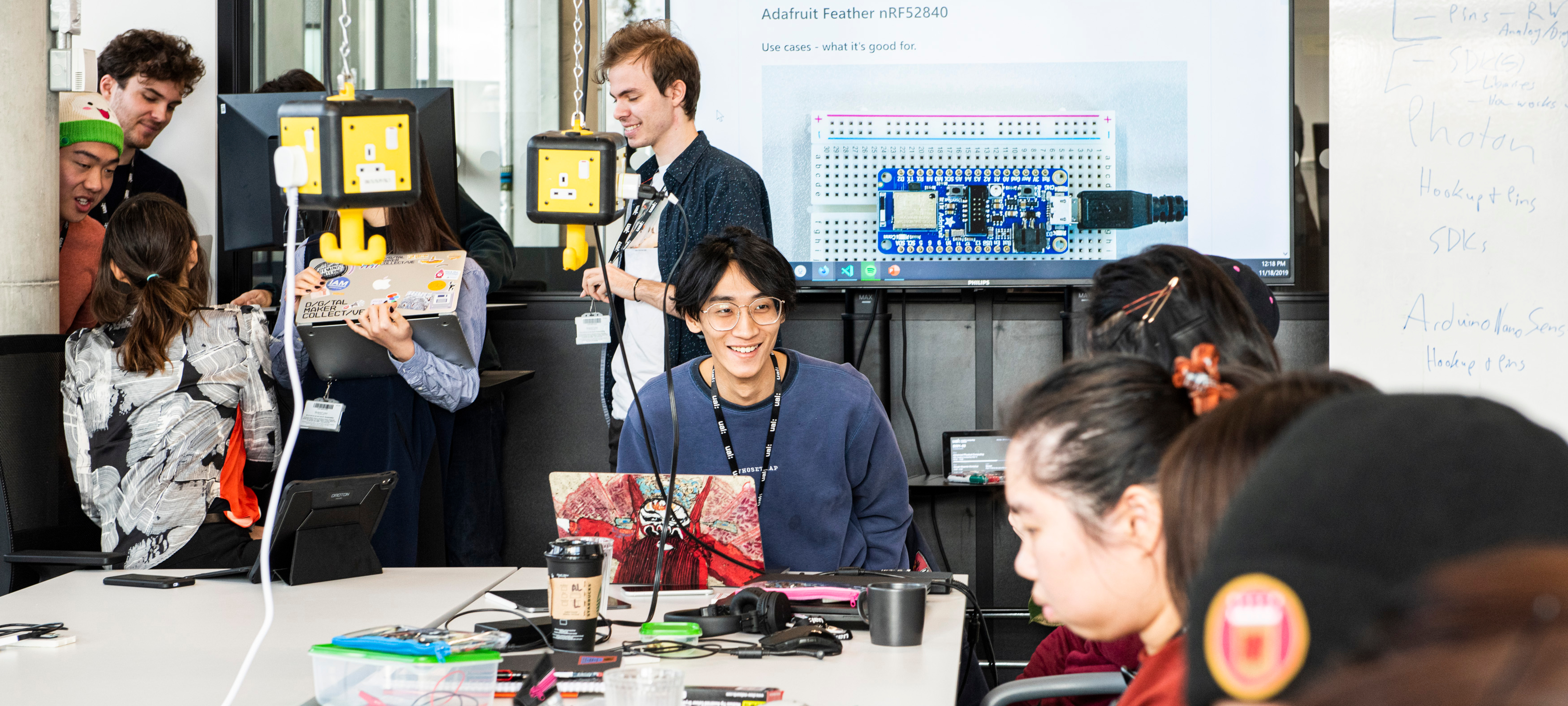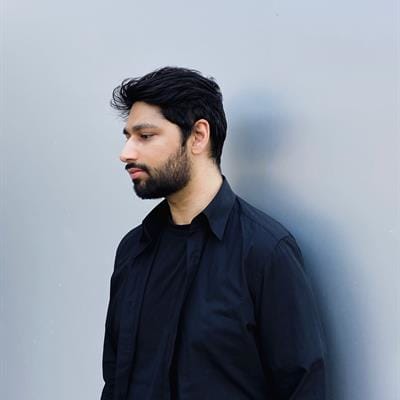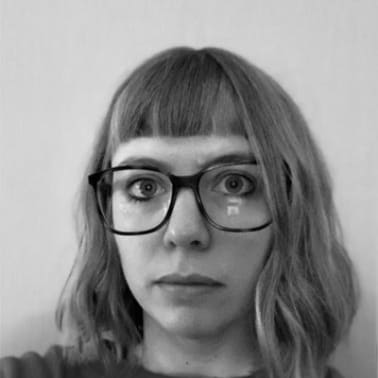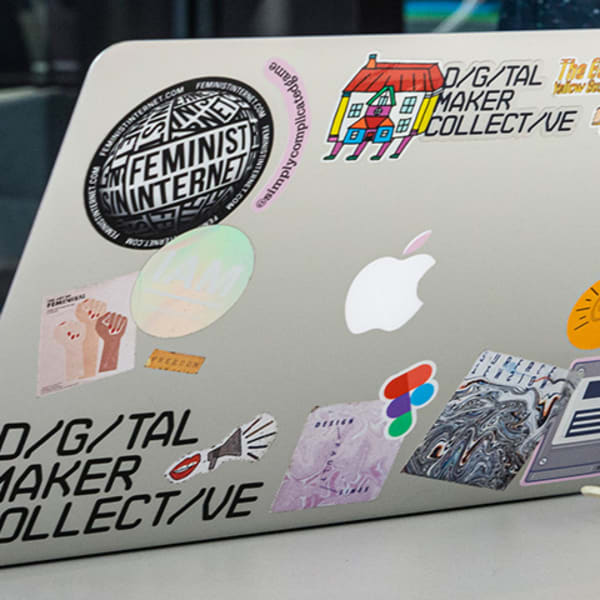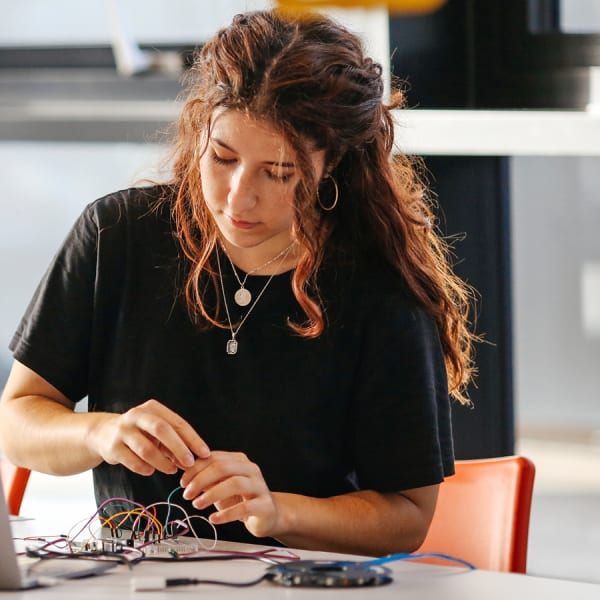Course units
The unit statements below explain what you will study and how these fit together to provide you with a deep dive into creative computing outside your core creative specialism. The course maintains creative practice alongside the study of creative computing and an introduction to the digital creative industries of London in order that students are exposed to new opportunities and the professional contexts in a world hub of digital creative industries.
Block 1
The first half of the course sees you study 3 units in parallel and aims to give an intense grounding in creative coding, computational concepts and creative computing practice.
Creative Coding: Methods and Frameworks (20 Credits)
This unit introduces students to key methods and frameworks in coding for creative practice. Delivered in up to four hours of synchronous teaching per week, students will develop an understanding of programming fundamentals through languages such as JavaScript and Python and explore their application in creative computing practice.
Computational Futures: Cognitive Systems (20 Credits)
This unit is designed to provide students with an interdisciplinary approach to central questions in artificial intelligence (AI) and cognitive science. Students will explore our understanding of intelligence through human and non-human minds in order to think creatively and critically about how artificial agents might act in the world given the rise of machine learning, robotics and other cognitive systems.
Creative Practice: Material Forms and Physical Computing (20 Credits)
This unit focuses on the material application of Physical Computing skills. Building upon skills developed in parallel within the Creative Coding Unit students will produce creative projects using components such as sensors, tangible inputs and kinetic outputs. Students will be provided a platform to explore techniques such as Laser Cutting, 3D printing and the use of microcontrollers such as Arduino.
Block 2
The second half of the course builds upon the programming skills you have learned, refining your ability to produce creative computing projects with a critical focus through a mix of team projects and individual briefs.
Computational Futures: Machine Learning (20 Credits)
This unit explores the emerging area of Machine Learning through creative applications as well as critical debates around datasets, ethics and autonomous systems. Students will explore ways in which machine learning models for computer vision, natural language processing and synthetic data can be integrated into digital and physical practices.
Creative Coding: Critical Infrastructures (20 Credits)
This unit builds on the computational futures and creative practice units and programming skills learned in these units. The aim of this unit is to further develop hands-on computing skills and your ability to think creatively and critically about the development of contemporary computing technology infrastructures and their wider social impact.
Creative Practice: Computational Environments (20 Credits)
This unit builds on the creative practice developed earlier in the course and explores scaling that practice by developing spatial interventions. You will explore projection mapping, computer vision and sound tools to explore computational environments.
